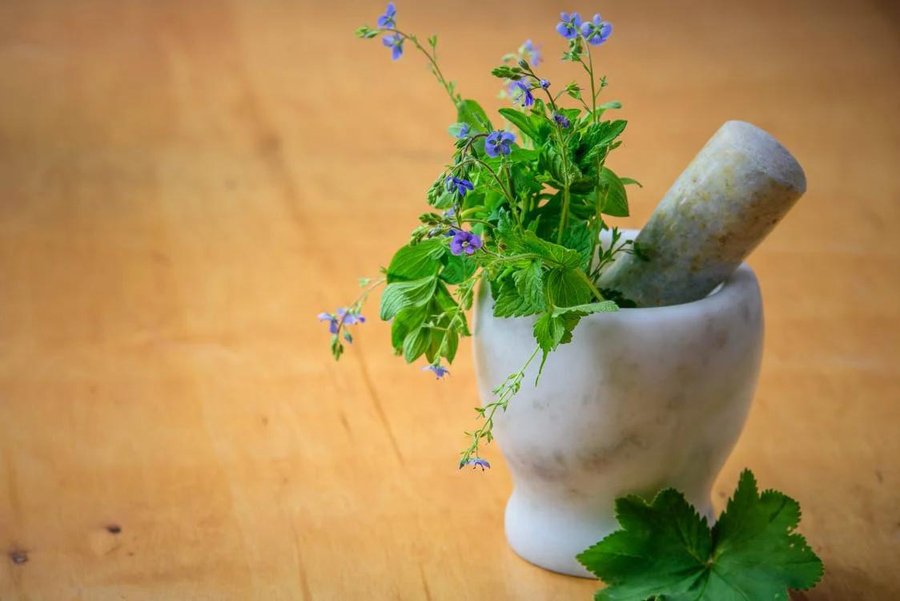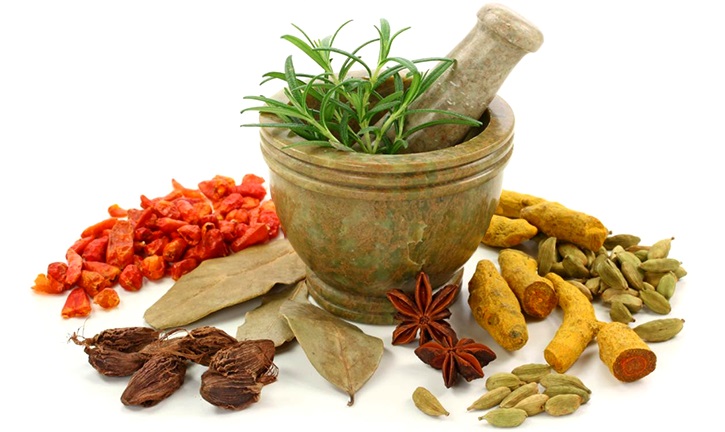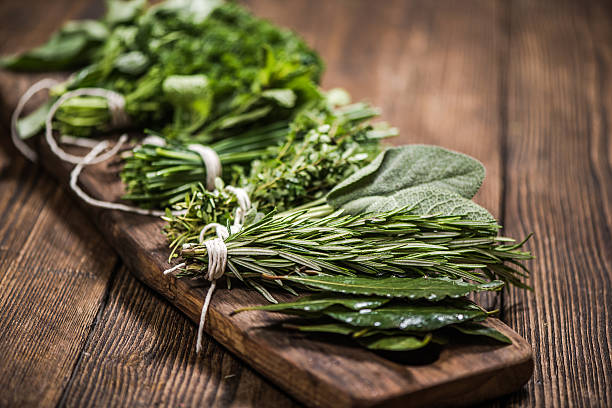Discover the Healing Power: Top Siddha Herbs & Natural Ingredients Used in Treatments

Introduction to Siddha Medicine
Siddha medicine, an ancient healing system originating from South India, has captivated my interest for years. It is one of the oldest medical traditions in the world, deeply rooted in spiritual and physical well-being. This holistic approach emphasizes the balance of body, mind, and spirit, fostering a sense of harmony in overall health. I have found that Siddha medicine not only treats ailments but also promotes longevity and vitality.
What sets Siddha apart from other medical systems is its unique methodology, which combines herbal remedies, yoga, meditation, and lifestyle modifications. Through this practice, I have learned to appreciate the intricate relationship between nature and our well-being. Siddha philosophy teaches us that every individual is unique, and therefore, treatments must be personalized to cater to specific needs.

In my exploration of Siddha medicine, I have encountered a variety of herbs and natural ingredients that play a crucial role in healing. This blog will delve into those powerful Siddha herbs and their significance in addressing common ailments, showcasing their potential in modern treatments.
Overview of Siddha Herbs and Their Significance
Siddha herbs are the backbone of this traditional medicine. These powerful botanicals are often used in formulations to treat various health conditions. I’ve been amazed at how different herbs can have such diverse effects on our bodies. Each herb comes with its unique properties, and the effectiveness of any treatment relies heavily on understanding these attributes.
The significance of Siddha herbs lies not only in their medicinal properties but also in their historical and cultural context. For centuries, these herbs have been passed down through generations, forming a rich tapestry of knowledge. In my journey, I’ve come to appreciate how these herbs are integrated into daily life, from cooking to healing rituals.
Moreover, the importance of sourcing quality Siddha herbs cannot be overstated. Ensuring that we use authentic, unadulterated herbs is crucial for achieving the desired therapeutic effects. I always emphasize the need for diligence in sourcing these natural ingredients, as their potency can significantly impact our health outcomes.
Top Siddha Herbs for Common Ailments
As I delve deeper into the world of Siddha herbs, I have identified several key herbs that stand out for their effectiveness in treating common ailments. Here, I have compiled a list of some of the most notable ones:
- Turmeric (Curcuma longa): Known for its anti-inflammatory properties, turmeric is a staple in Siddha medicine. I often use it in various forms, whether as a powder in cooking or as a paste for topical applications. It is beneficial for skin conditions, digestive issues, and even joint pain.
- Ashwagandha (Withania somnifera): This adaptogenic herb has gained immense popularity for its ability to combat stress and anxiety. In my experience, incorporating ashwagandha into my routine has improved my overall mood and energy levels.
- Neem (Azadirachta indica): Renowned for its antibacterial and antiviral properties, neem is often used in Siddha treatments for skin issues and infections. I have found neem oil particularly effective for treating acne and other skin irritations.
- Brahmi (Bacopa monnieri): This herb is celebrated for enhancing cognitive function and memory. I often recommend brahmi to those looking to boost their mental clarity and focus, especially during intense study or work periods.
- Ginger (Zingiber officinale): A common kitchen ingredient, ginger is known for its digestive benefits. I frequently use ginger in teas or meals to alleviate nausea and improve overall digestive health.
Each of these herbs offers unique benefits, and I have witnessed their effectiveness firsthand. They not only alleviate symptoms but also promote overall well-being.
Natural Ingredients in Siddha Treatments
In addition to herbs, Siddha medicine employs a variety of natural ingredients that enhance healing. These components work synergistically with herbs to promote health. Here are some key natural ingredients I often encounter in Siddha treatments:
- Honey: This natural sweetener is often used for its antibacterial properties. In Siddha, honey is utilized in various formulations, including syrups and pastes, to soothe sore throats and boost immunity.
- Ghee (Clarified Butter): Ghee is revered for its nourishing qualities. In Siddha treatments, it is often used as a base for herbal concoctions, enhancing their absorption and efficacy. I have found ghee essential for maintaining healthy digestion.
- Milk: Often used in Siddha remedies, milk is valued for its cooling properties. I frequently see it combined with herbs for various treatments, especially for skin conditions and digestive issues.
- Coconut Oil: This versatile oil is often used for its moisturizing properties, particularly in skin and hair treatments. In my practice, I have seen coconut oil work wonders for dry skin and hair health.
- Rock Salt: Known for its purifying qualities, rock salt is used in various Siddha treatments. I have discovered that it can help in detoxification and improving digestion.
These natural ingredients complement the herbs, enhancing their healing properties. I find that incorporating them into my daily routine not only aids in treatment but also fosters a deeper connection to nature.
The Role of Siddha Herbs in Modern Medicine
As I observe the evolving landscape of healthcare, I am intrigued by the growing interest in integrating traditional systems like Siddha into modern medicine. Siddha herbs offer a wealth of knowledge and therapeutic potential that can complement contemporary medical practices.
Research continues to uncover the pharmacological benefits of Siddha herbs, leading to a better understanding of their mechanisms and efficacy. I have noticed that many healthcare professionals are now advocating for a more holistic approach to treatment, recognizing the value of natural remedies in conjunction with conventional medicine.
Additionally, as people become more aware of the side effects of synthetic medications, there is a renewed interest in natural alternatives. In my experience, patients are increasingly seeking out Siddha treatments as a means of addressing chronic conditions and enhancing their quality of life. This shift towards natural healing is not only beneficial for individual health but also promotes a more sustainable approach to medicine.
How to Use Siddha Herbs Safely and Effectively
Using Siddha herbs safely is paramount for maximizing their benefits. I have learned that understanding the proper dosage, potential interactions, and contraindications is essential for effective treatment. Here are some guidelines I follow:
- Consultation with a Practitioner: Before starting any herbal regimen, I always recommend consulting with a qualified Siddha practitioner. They can provide personalized guidance based on individual health conditions and needs.
- Start with Small Dosages: When trying a new herb, I usually begin with a small dosage to assess tolerance. This approach allows me to monitor any adverse reactions and adjust accordingly.
- Quality Matters: Sourcing high-quality herbs is crucial. I prioritize purchasing from reputable suppliers who provide organic and sustainably sourced herbs. Quality directly impacts the efficacy of treatments.
- Be Aware of Interactions: Some herbs may interact with medications. I always encourage patients to inform their healthcare providers about any herbal supplements they are taking to avoid potential complications.
- Monitor Effects: Keeping a journal of my experiences with different herbs has been helpful. I track any changes in symptoms, side effects, and overall well-being to assess the effectiveness of the treatment.
By following these guidelines, I have been able to use Siddha herbs safely and effectively, enhancing my health journey significantly.
Popular Siddha Remedies and Their Benefits
Throughout my exploration of Siddha medicine, I have come across numerous remedies that have proven effective for various health concerns. Here are some popular Siddha remedies that I often recommend:
- Kashayam (Herbal Decoction): This traditional preparation involves boiling herbs in water to extract their medicinal properties. I have used kashayam for conditions like fever, cough, and digestive issues. The concentrated nature of this remedy allows for quick absorption and relief.
- Thailam (Herbal Oils): Siddha practitioners often create herbal-infused oils for therapeutic massages. I have found thailam particularly beneficial for joint pain and muscle stiffness. The warming properties of the oils promote circulation and relaxation.
- Churna (Herbal Powders): These powdered herbal formulations are easy to incorporate into daily meals. I have used churna for digestive health and overall wellness. They are convenient and versatile, making them an excellent addition to my diet.
- Lehyam (Herbal Jams): These thick pastes combine herbs with jaggery and other natural ingredients. I often recommend lehyam for boosting immunity and improving digestion, especially during seasonal changes.
- Pathiyam (Dietary Guidelines): Siddha medicine emphasizes the importance of diet in healing. I have found that following specific dietary guidelines tailored to individual health needs can enhance the effectiveness of herbal treatments.
These remedies showcase the versatility of Siddha medicine and its ability to address a wide array of health concerns. I have witnessed their positive effects on many individuals, making them invaluable tools in promoting well-being.
The Importance of Quality and Sourcing in Siddha Treatments
One aspect that cannot be overstated is the importance of quality and sourcing when it comes to Siddha treatments. In my experience, the efficacy of herbal remedies is directly linked to the quality of the ingredients used. Here are a few key points I consider:
- Sourcing from Reputable Suppliers: I prioritize sourcing herbs from suppliers who adhere to organic farming practices and provide transparency about their sourcing methods. This ensures that I am using pure and potent ingredients.
- Local vs. Imported Herbs: While some herbs may be sourced globally, I have noticed that many local herbs possess unique properties that can be just as effective. Supporting local farmers not only benefits my health but also promotes sustainability within the community.
- Understanding Herbal Standards: Familiarizing myself with the standards and certifications for herbal products has been beneficial. I look for certifications that ensure quality and safety, allowing me to make informed choices about the herbs I use.
By focusing on quality and sourcing, I have been able to enhance the effectiveness of Siddha treatments in my own life and the lives of those I recommend them to. It is essential to approach herbal medicine with the same rigor as conventional medicine.
Future of Siddha Medicine and Herbal Remedies
As I reflect on the future of Siddha medicine, I am filled with hope and excitement. The increasing interest in holistic health and natural remedies indicates a promising trajectory for this ancient healing system. I foresee several trends shaping the future of Siddha medicine:
- Integration with Conventional Medicine: The collaboration between Siddha practitioners and conventional healthcare providers is likely to become more prevalent. This integration can lead to a more comprehensive approach to patient care, leveraging the strengths of both systems.
- Research and Innovation: Ongoing research into the pharmacological properties of Siddha herbs will pave the way for new discoveries. As scientific validation of these herbs increases, I anticipate a broader acceptance of Siddha treatments in mainstream medicine.
- Global Awareness: With the rise of global wellness trends, I believe that Siddha medicine will gain recognition beyond its traditional roots. More people will become aware of the benefits of Siddha herbs and seek them out for their healing properties.
- Education and Training: As interest in Siddha medicine grows, I hope to see more educational programs and training opportunities for practitioners. This will ensure that the knowledge and practices are preserved and passed down to future generations.
- Sustainable Practices: The focus on sustainability will likely influence how Siddha herbs are sourced and cultivated. I am optimistic that a commitment to ethical and sustainable practices will enhance the integrity of Siddha treatments.
In conclusion, I believe that the future of Siddha medicine and herbal remedies is bright. By embracing these ancient practices in a modern context, we can foster a deeper connection to nature and promote holistic health.
Conclusion: Embracing the Healing Power of Siddha Herbs
In my journey through the world of Siddha medicine, I have discovered the profound healing power of Siddha herbs and natural ingredients. These timeless remedies offer a holistic approach to health, addressing not only physical ailments but also nurturing the mind and spirit.
As we continue to explore the potential of Siddha herbs, I encourage you to consider incorporating them into your wellness routine. Whether you are dealing with a specific health concern or seeking to enhance your overall well-being, the insights I have shared can guide you on this path.
If you are looking for authentic Siddha treatment, I invite you to explore the offerings at Priya Siddha Clinic, where expert guidance and personalized care await you. Embrace the healing power of Siddha herbs and experience the benefits for yourself!





